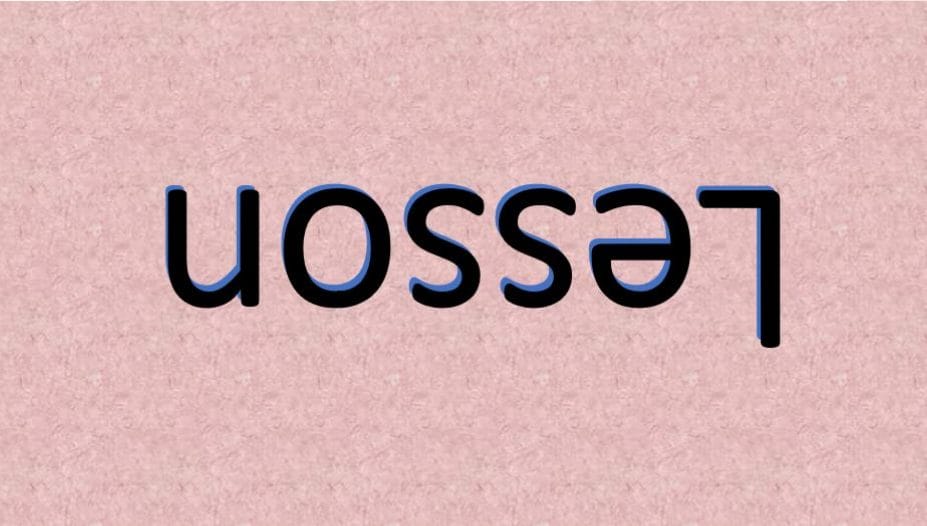Daaaaaaaaaaaaaaaang Daniel! Back at it again with the blog posts!
Today we’re discussing flipped lessons. (See what I did there with the featured image? I literally used powerpoint and flipped the slide upside down. Funny, huh? Laugh. It’s funny)
SWBAT: Every good teacher should know this acronym. It describes the learning objective, or target, that the class should have reached by the end of the lesson. The learning target for this lesson would be dividing fractions.
Students Will Be Able To: Divide Fractions
The digital resources that would be particularly useful would be the Khan Academy lessons on dividing fractions as well as a program where students will be able to play with digital manipulatives that will help them visualize how fractions and operations performed on those fractions can be modeled and . This will be especially helpful for students who are more visually inclined than others. These lessons would be done at home.
“What would you do in class with all that free time?”
Well, for this particular lesson, it would be amazing to set up different math stations that deal with the most common fractions: 1/2, 1/3, 1/4, etc. These stations would have these fractions represented in different ways, and the students would be asked to perform the different operations on the fractions as well as describe what is happening to the models of the fractions with each operation in their own words.
The digital resource (Khan Academy) would be available at each station as a review, or as a way for students who may not have that much access to technology to engage in the lesson and do the assigned lessons at the same time the class is working at the stations.
This lesson would benefit greatly from being flipped because of all the misconceptions students often have about fractions. This would allow them to work with the concepts in the comfort of their own home and come up with their own conclusions about what the lesson was trying to teach them, without any influence from their peers.
Then when the students show up to class, they will be able to compare conclusions and how they might have gotten to those conclusions. They will also feel confident going through the various stations because they had a taste of the material the night before. Any misconceptions they have about the material will be made clear by their classmates or the available media; or, of course, the presiding teacher.
I think this is a fun and engaging way for students to understand how fractions work and how to divide them.

